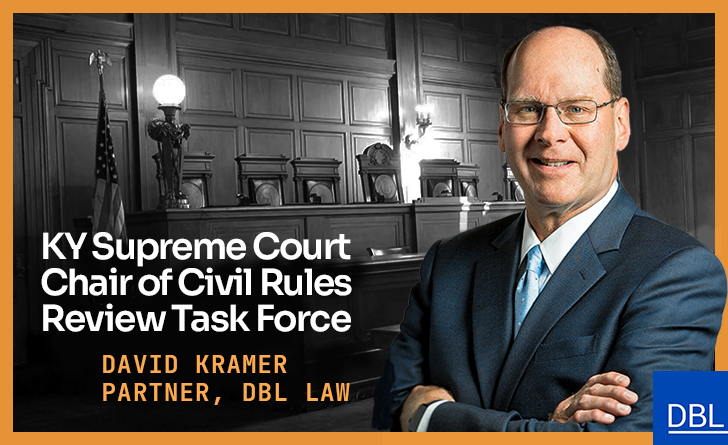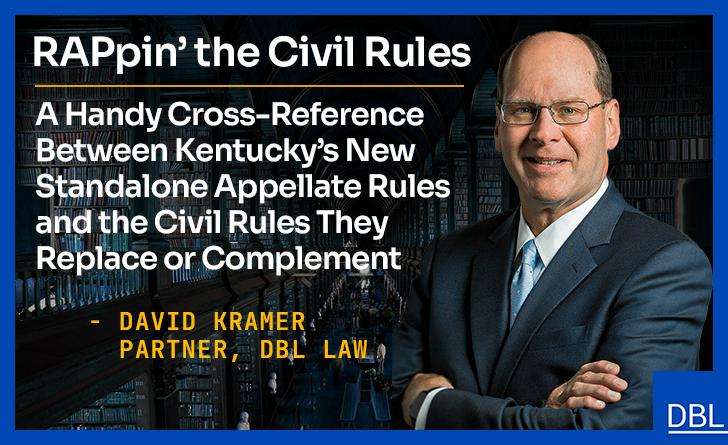Rental property owners and lawyers who advise them should be aware of a recent decision of the Kentucky Court of Appeals sending a tenant’s claim back for jury trial after the trial court had dismissed it based on the “open and obvious hazard doctrine.”
In Higdon v. Buisson Investment Corp., 485 S.W.3d 752 (Ky. App. 2016), the tenant had sued for personal injury and premises liability after slipping and falling on ice in a common area outside an apartment building. The trial court dismissed, holding that the risk posed by the ice was an open and obvious hazard and that the owner did not have a duty to foresee the tenant’s injury. The tenant had claimed that the landlord was negligent in installing a sloping wooden walkway that was exposed to the elements, failed to furnish a nonslip surface on the walkway, failed to inspect the premises properly for hazards and to eliminate the hazard in question, and failed to warn residents of the hazard.
The Court of Appeals reversed, noting that under prior Kentucky precedent: (1) a landlord owes a heightened duty of care to tenants above and beyond the duty owed by a landowner to a business invitee; (2) a landlord owes a duty to warn as well as a duty to exercise reasonable diligence to keep common areas in a safe condition for tenants; and (3) the open and obvious doctrine does not bar recovery when the common area exception applies.
Presumably the comparative negligence doctrine would still apply on remand, so that if the jury found the landlord at fault, it could determine the extent to which the tenant could be considered comparatively negligent in an apportionment instruction. Allowing an apportionment would be consistent with the main case cited by the Court in the Higdon decision, Warren v. Winkle, 400 S.W.3d 755 (Ky. App. 2013), in which the Court noted that the tenant’s “conduct will be subject to a reasonableness test,” just as the landlord’s is.



